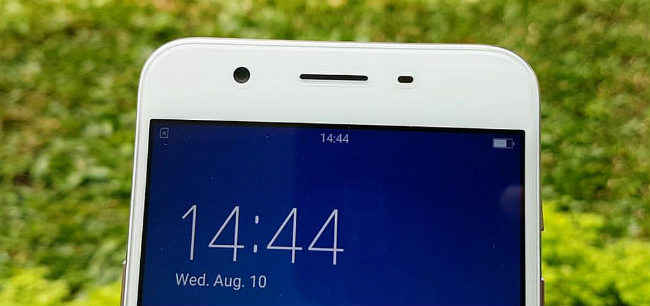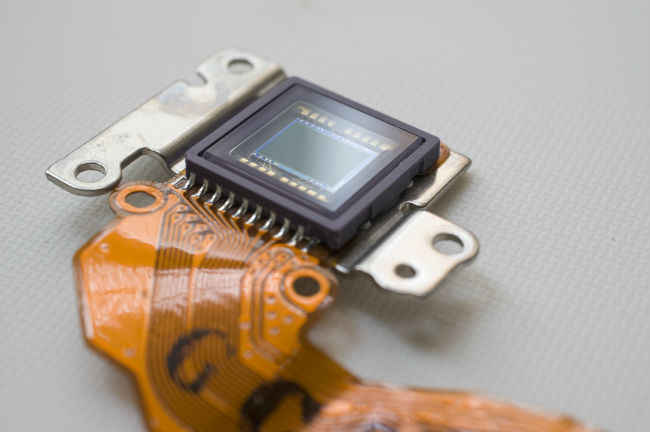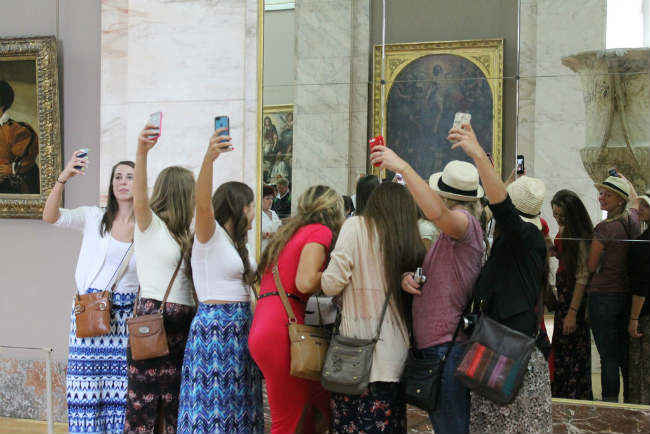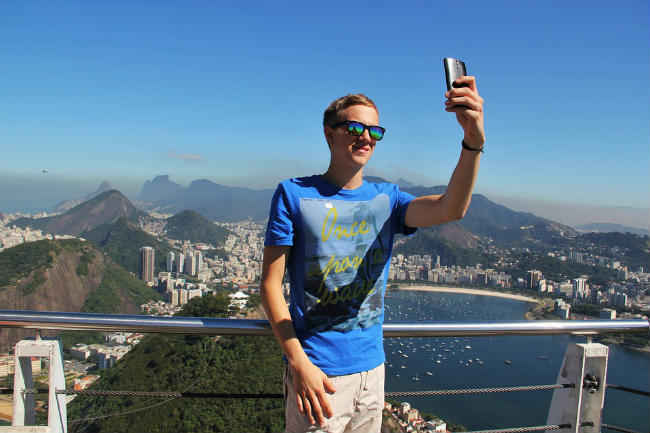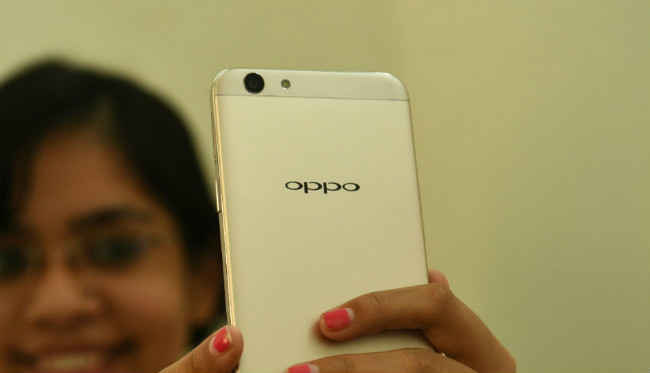Selfie Series: Here are the key factors that make a great selfie phone
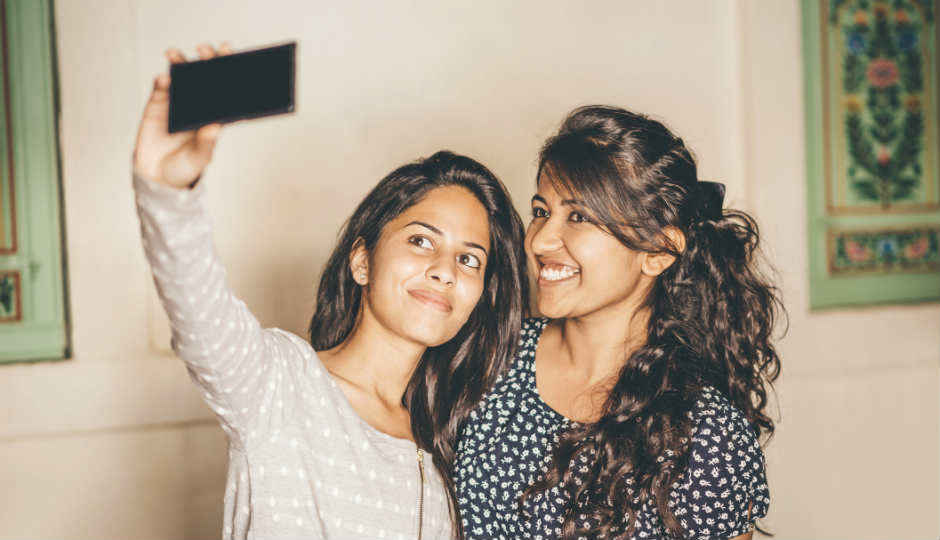
There's a lot more to a great selfie phone than just a large resolution sensor
Selfies have become an undeniable phenomenon. A single photograph lets the entire world know exactly who you are, where you are, and who you are with. Everyone, from celebrities to heads of state have been known to take an occasional selfie. In fact, certain manufacturers have even started making smartphones that specialize in taking selfies.
However, there is a lot more to selfie phones that simply attaching a large resolution sensor to the front of a phone. It is a combination of hardware and software that goes into the ideal selfie phone, which can take some spectacular photographs. Here are some factors you’ll need to consider when looking for the perfect selfie phone.
It starts with the camera sensor resolution
The front camera resolution definitely matters when taking a selfie. Large resolution sensors are able to capture detailed selfies, which offer higher quality images. A high resolution image also helps if you want to crop a photograph, as it will not have a very high impact on the quality of the cropped image.
Sensor size makes the difference
While having a large resolution sensor matters, it is also important to have a large image sensor. Relatively smaller image sensors, as compared to large megapixel cameras can result in image noise (grain) and poor quality images. Large sensors help with better colour fidelity and sharpness in images. It also helps take better images in low light conditions as the sensor is able to capture more light.
Camera aperture decides low-light performance
To put it simply, aperture is a hole that determines the amount of light that can reach the camera sensor. The larger the hole, the more light enters the sensor. This size is represented in f-numbers, called f-stop, and the higher the f-stop, the smaller the hole. For example an f/2.0 aperture size is larger than a f/2.2 aperture. Higher aperture means that cameras can keep shutter speeds fast enough to capture selfies with minimal blurring. Lower aperture results in crisper and low-noise images in low-light conditions.
Software optimization and algorithms take over
However, you should keep in mind that even the greatest hardware in the world would be of little use if the software of a phone is not taking full advantage of it. Two phones with the same hardware can produce vastly different images depending on the software optimisation and image processing algorithms being used. Each manufacturer has their own unique algorithms, which is used when creating the final output image, which is the .jpeg file that you see in the end.
Special modes come-in handy for special occasions
Many manufacturers offer specialised modes for their cameras, which are optimised for certain shooting conditions. Many offers features that can instantly enhance selfies to make them look more beautiful by removing any blemishes. In low-light conditions, you might want to shift to a low-light mode that will brighten up images with better focus and clearer photographs. This will reduce noise that usually comes in images taken in low light conditions.
The OPPO F1s comes with OPPO’s proprietary technology called Beautify 4.0. This mode offers users seven different levels of beautification to choose from as well as a slider that lets them adjust how fair or rosy they want the selfie to be.
Flash is a must have for that ultimate backup plan under low light
When it gets really dark, you are going to need some form of illumination to take a selfie. This is where a flash comes handy. There are two types of front facing flash that are used by manufacturers. There’s the LED flash which is similar to the flash found on the rear of the phone, and a screen flash, which uses the display itself as a flash. A screen flash is considered better than an LED flash because light is spread over a wider area. LED flashes can create sharp, overly bright images, which can actually ruin images. This is especially true for selfies as these are taken from a close range. A good, evenly lit flash will be able to evenly light the entire frame without too much of a variance between lit and unlit areas.
Wide-angle lens to cover more frame is a must
A wide-angle lens greatly helps in taking group selfies as more people will be able come in the frame without the need to squeeze together. A wide-angle lens will also be able to capture more of the background scenery, which comes handy when you are taking selfies from picturesque locations and you want to cover the background as much as possible. Some phones, also offer a panorama mode for the front camera, which make sit even easier to take group selfies.
Design, build and ease of use to make clicking selfies easy and fun!
The design and build of a phone also play a very important part in making a great selfie phone. After all, what’s a point of a good selfie phone if it is not easy to take selfies with? A curved body makes it easier to hold comfortably in the hand, while a metallic body and 2.5D glass gives a premium look and feel. Further, the phone should not be so big that makes it hard to click a selfie.
One of the best selfie-centric phones in the market is the OPPO F1s. The device sports all of the above mentioned features, making it more than a sum of its parts. What’s more, all of the features have been implemented while keeping the needs of the selfie taker in mind to ensure that everything works perfectly. No wonder that the phone is called the Selfie Expert.
[Sponsored Post]

